Experts say it’s been used in cosmetics for centuries, thanks to its moisturizing properties.
Others are reading now
When you think of olive oil, you probably picture salads, pasta, or crusty bread. But beyond the dinner table, this pantry favorite has found a place in beauty routines, especially on TikTok, where it’s praised for giving hair a glossy, healthy look.
Why Olive Oil Works for Hair
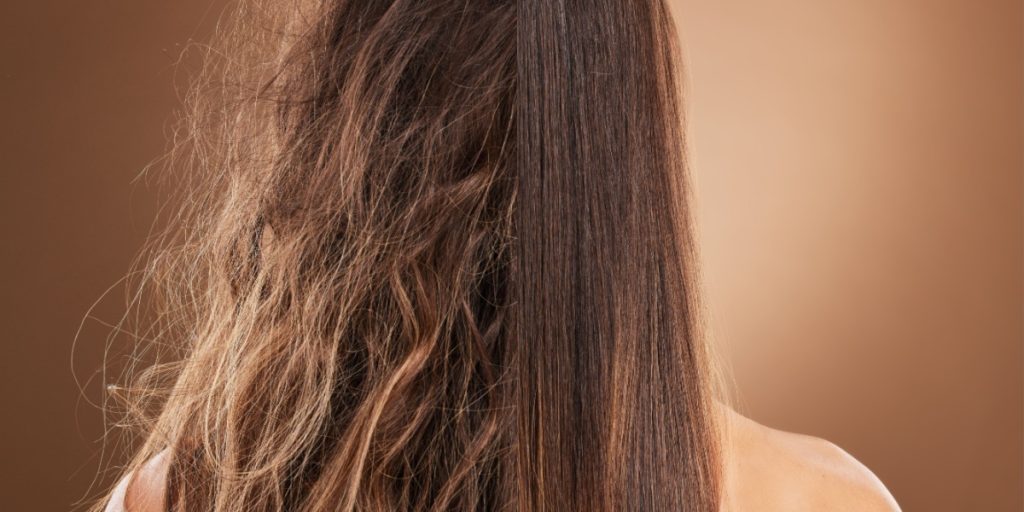
Olive oil is packed with fatty acids that act as both an occlusive (locking in moisture) and an emollient (softening and smoothing strands).
It coats the hair cuticle, adds shine, tames frizz, and can soothe a dry scalp. Its conditioning powers also help reduce breakage and keep flyaways in check.
Extra Perks for Your Scalp and Strands
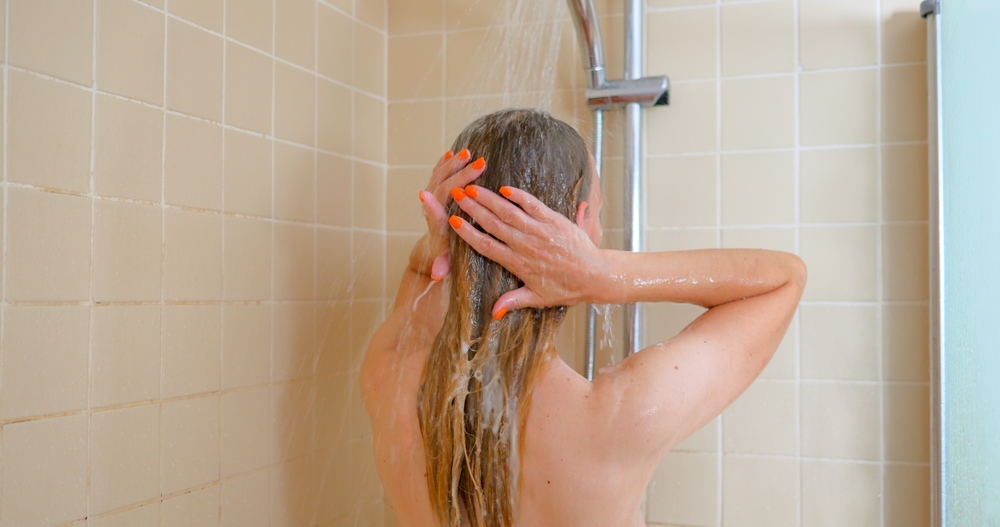
Beyond hydration, olive oil offers some surprising bonuses. It contains antioxidants like vitamin E, which can protect hair from UV damage.
Research also suggests it has mild antifungal properties that may help keep certain scalp conditions at bay. And for people with psoriasis, it can soften and loosen stubborn skin patches, though it’s best used alongside prescribed treatments.
The Grease Factor
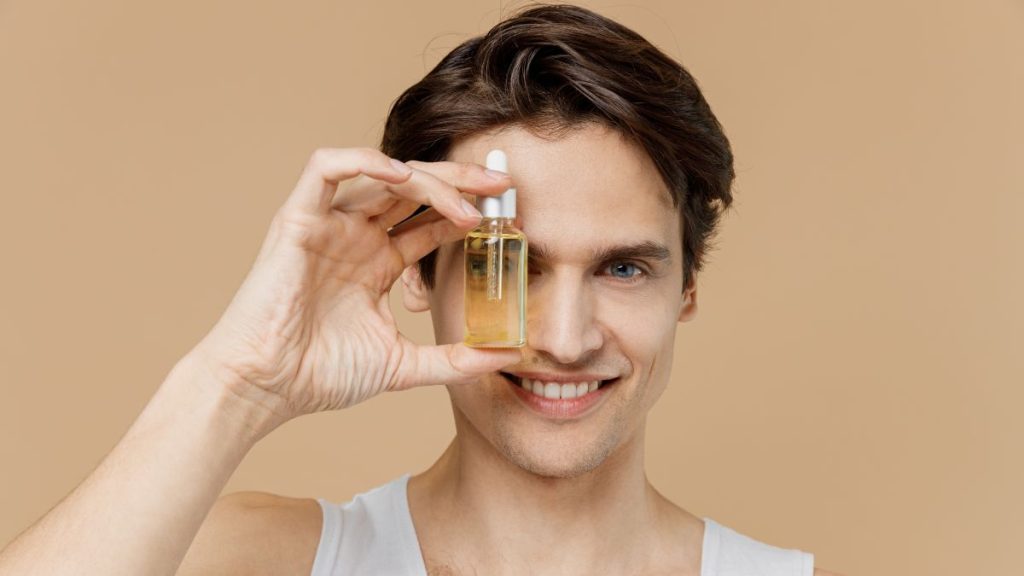
Also read
The biggest drawback? Greasiness. Because olive oil is so rich and heavy, using too much can make hair look unwashed, especially for those with fine or oily hair.
A little goes a long way, and it’s best applied sparingly.
The Risk of Rancid Oil
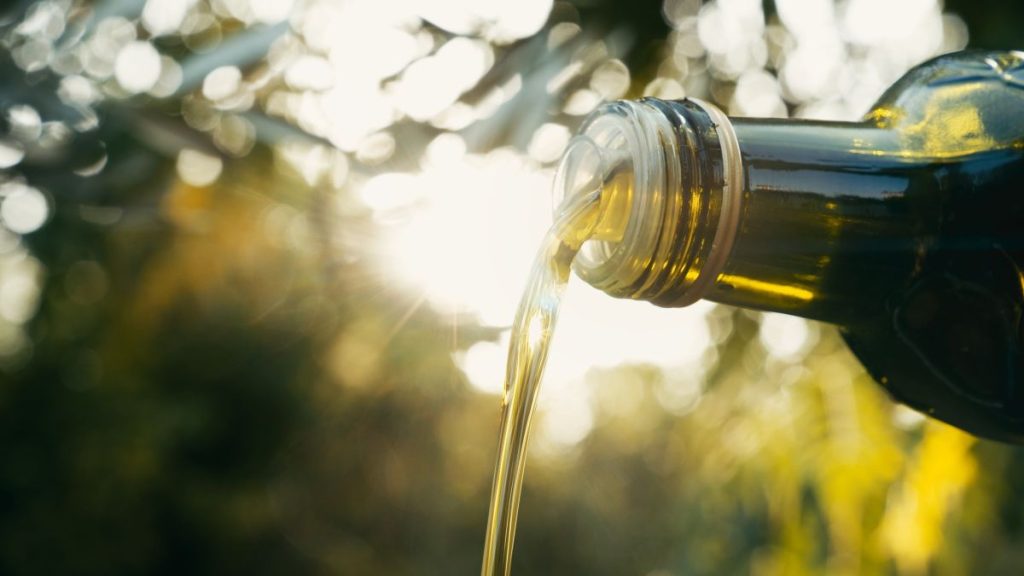
Olive oil’s unsaturated fatty acids can break down in sunlight, turning rancid and producing an unpleasant smell.
Cooking oil from your pantry is more prone to this, so hair-specific products with added preservatives are less likely to spoil.
Dandruff and Scalp Irritation Concerns

If you have dandruff, olive oil may make things worse. That’s because dandruff is linked to a yeast called malassezia, which thrives on oils like olive.
Also read
It can also clog hair follicles if not rinsed thoroughly, leading to itchiness or inflammation. And as with any ingredient, some people may simply find it irritating to their skin.
Who Benefits Most from Olive Oil

While anyone can try it, olive oil tends to work best for coarse, curly, or textured hair that can handle its weight.
For thin or fine hair, it may cause limpness and a stringy appearance, making it less appealing for those hair types.
Choosing and Testing Your Oil
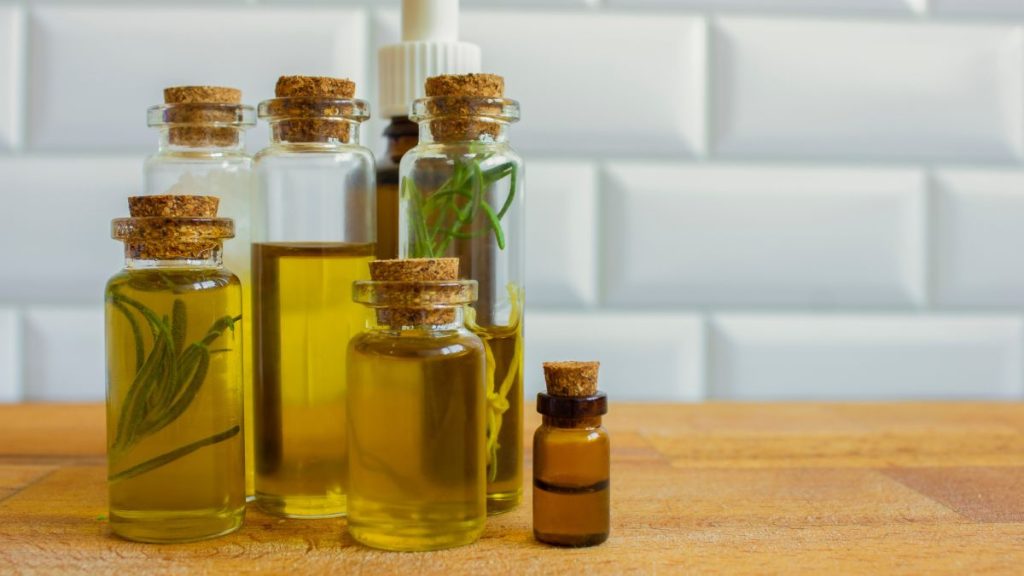
For the best results, experts recommend cold-pressed, unrefined extra virgin olive oil, which retains more nutrients.
Always do a patch test, apply a small amount to your inner arm for a week or two to check for any reaction before using it on your scalp or hair.
How to Apply Olive Oil the Right Way
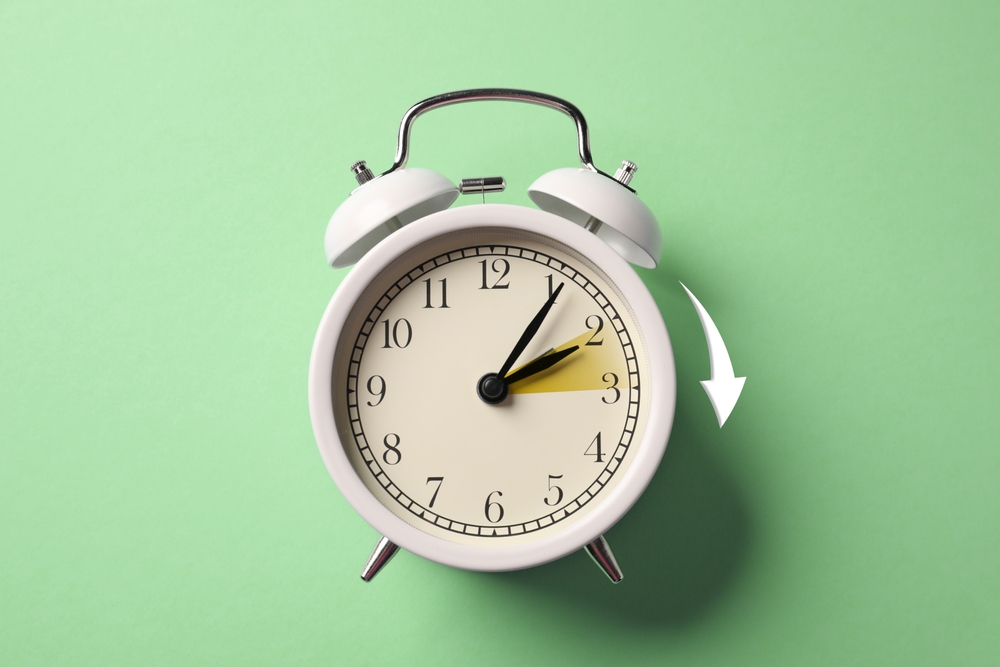
Also read
Use one to two tablespoons and focus on the mid-lengths and ends, not the roots. Massage it in, leave it for 20–30 minutes, then wash it out thoroughly.
For easier rinsing, mix it with conditioner before applying. Limit use to once a week or less to avoid buildup.
Avoid Heat Styling After Use
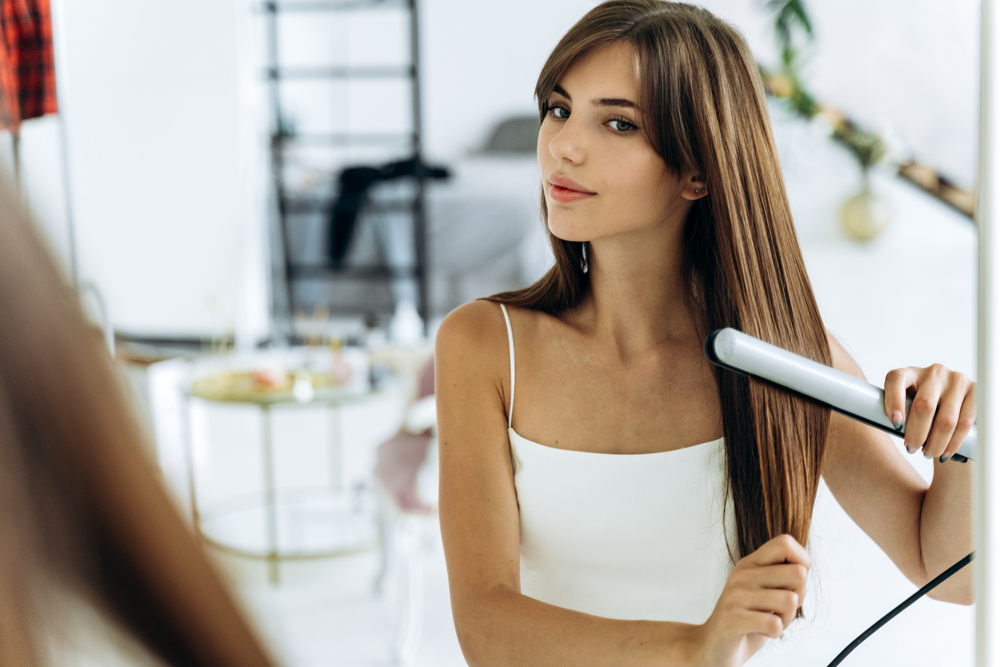
Olive oil has a low smoke point, meaning it can “sizzle” if you use a curling iron or straightener afterward, leaving hair smelling burnt.
Skip the hot tools until after your next wash to keep your strands safe.
Also read
This article is made and published by Edith Hejberg, who may have used AI in the preparation


